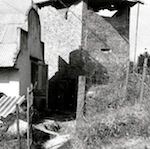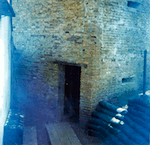This morning I decided that our first major construction project at the outpost would be living conditions. Needless to say, we spent the entire day tearing out the old flooring and sand bags. Since there was no new lumber readily available at the outpost we gathered up the walkway planking from the dry trenches around the tower and bunkers. They were only used during the rainy season to keep your feet dry, and the rainy season had passed, priorities had to be changed. Besides, the only time anyone would be in the trenches was if the outpost was being attacked, and at that time they wouldn't give a damn about muddy wet boots or sandals.
The boards were in good condition, thick planking, true cut to two inches thick and twelve inches wide. The old flooring we removed was made with one half inch by four inch planking. The rats made their home in the space between the planks, now that option was gone forever.
The PF Sergeant (Staff Sergeant) stopped by to see what we were doing. I suspect one of his PF's alerted him that we were using the planking. I passed a pleasant greeting to him while I continued sawing one of the boards to size. He stood there; both legs apart with his hands clenched in fists on his hips like a drill sergeant in basic training and confronted me through the one PF that could speak enough broken English to understand. The interpreter informed me that, the sergeant demanded I pay him for the boards I took. I believe that he assumed I was either rich, foolish, or being a PFC would be scared of his authority. It wasn't easy to keep my temper but I calmly told the interpreter to inform the sergeant I would be glad to as soon as he pays me for the US military equipment his men were using. I received only a blank stare but you could tell his blood pressure was rising. Then I told the interpreter, who I could see was now very concerned about his having to deliver my answers to his sergeant, to remind the sergeant that the outpost looked like a dump and he was responsible for its condition. With that the PF Sergeant immediately turned and walked away. Some color was finally returned to the interpreters face, along with a slight smile. Without his having to say anything I got the distinct impression that he enjoyed the discomfort my response brought to his sergeant.
The PF sergeant was pissed off, you could see he was used to having his own way when A Company was here, and my rebuff to his demanding attitude caused him to loose face in front of his men. The loss of face in the Asian culture is a great embarrassment. The A Company MPs had previously warned me that I would have problems with him. They said he was like the underworld boss of the village that he had his hand in everything, gambling, vice, bribery, black market trafficking, and that not many of the local PF's or villagers liked him, or would dare to cross him.
PVT Walker, PFC Bella and I continued replacing the floorboards, finished the stairway steps and replacing the old rotten cloth sand bags in and around the watchtower.
SFC DeHart stopped by to check on us and was happy with the progress we were making. He also had a good chuckle when I told him about the PF Sergeant and the rat dropping in to visit me this morning. The Sarge wasn't a man of many words but from his facial expressions you could read his attitude towards things, and it was evident he didn't like the PF Platoon Sergeant either. Before my assignment at the outpost would end I would have to rely on the Sarge to come to our rescue and quash a mutiny instigated by the PF Platoon Sergeant." The Journal of CPL Thomas T. Watson, B Company, 720th MP Battalion, 89th MP Group, 18th MP Brigade, March 1968 to March 1969.






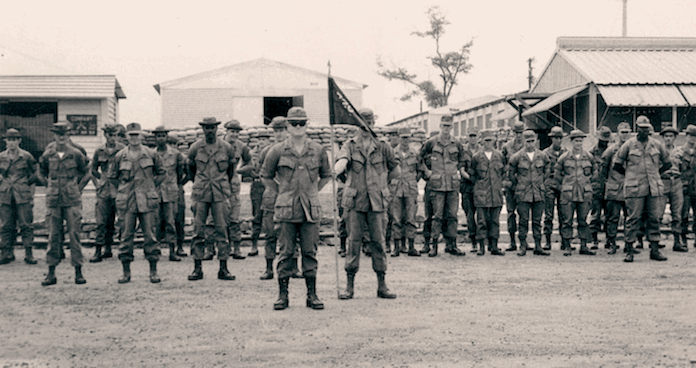

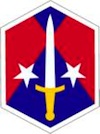
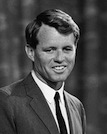 Sen. Kennedy
Sen. Kennedy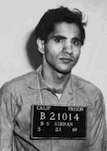 Sirhan
Sirhan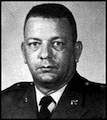 SGM Kidd
SGM Kidd SGT Maggard
SGT Maggard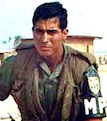 PFC Diaz
PFC Diaz COL Payne
COL Payne SFC Condon
SFC Condon SP/4 Lovell
SP/4 Lovell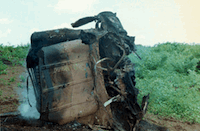

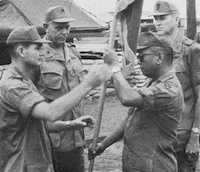

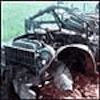
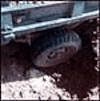


 SP/4 Hart
SP/4 Hart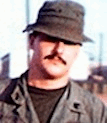 CPL Watson
CPL Watson

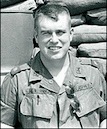 CPT Honerkamp
CPT Honerkamp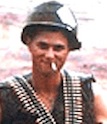 SP/4 Stults
SP/4 Stults
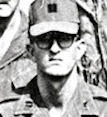 CPT Brothers
CPT Brothers
 PFC Bella
PFC Bella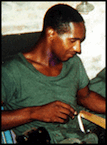 PVT Walker
PVT Walker